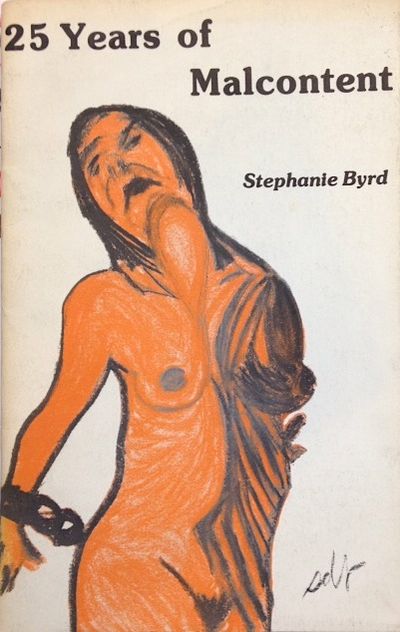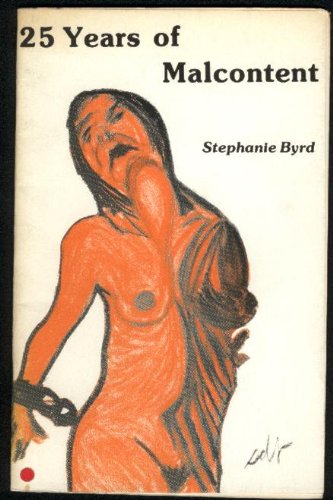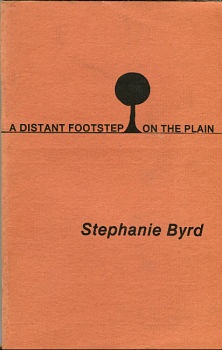I recently attended a literary conference focused on lesbian literature and was shocked at how many attendees didn’t know anything about Black lesbian literature outside of two or three authors. Most were familiar with Jewelle Gomez’s The Gilda Stories, which celebrated its 25th anniversary this year, and Audre Lorde, the consummate Black lesbian poet, butRead More
Tag reviews 25 Years of Malcontent by Stephanie Byrd
For November I reviewed the follow-up collection by Byrd, A Distant Footstep on the Plain. I’m doing it a little backwards this time by reviewing her first collection second, but it’s for a reason. 25 Years of Malcontent is, like its successor, raw and painfully real, but some of the works in this collection (e.g. “Mother’sRead More
Tag reviews A Distant Footstep On the Plain by Stephanie Byrd
A Distant Footstep on the Plain is a collection of poetry at its finest, its most ragged and painful, and its most hopeful. The primary focus is on things that personally affect Byrd: racism, classism, poverty, and relationships with women. Byrd doesn’t hold back at all whether she’s writing about the experience of racism (“so IRead More


